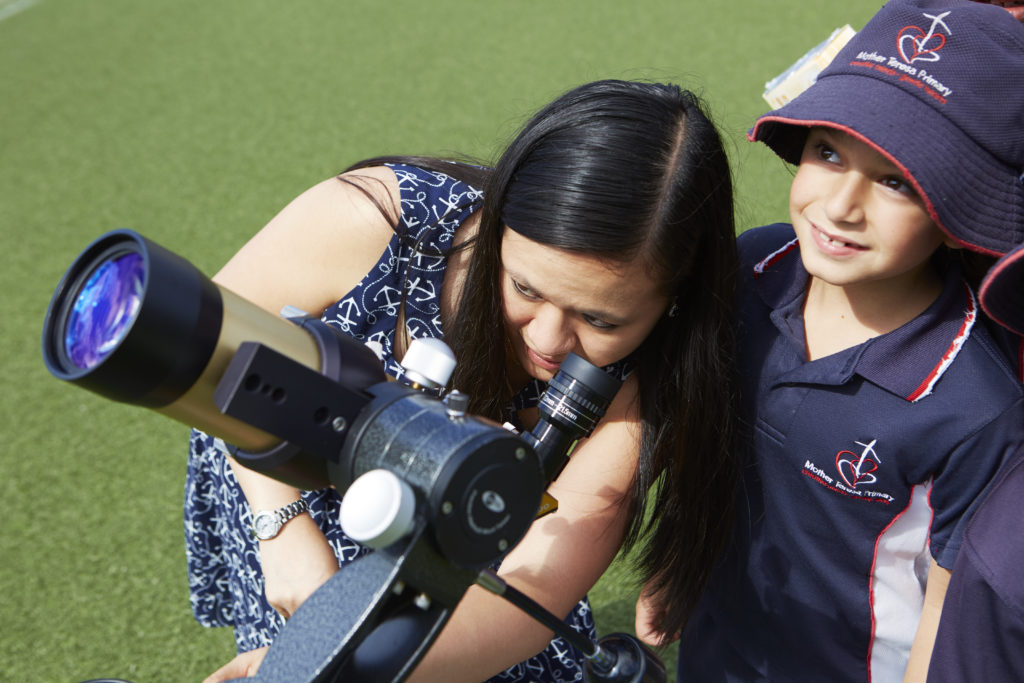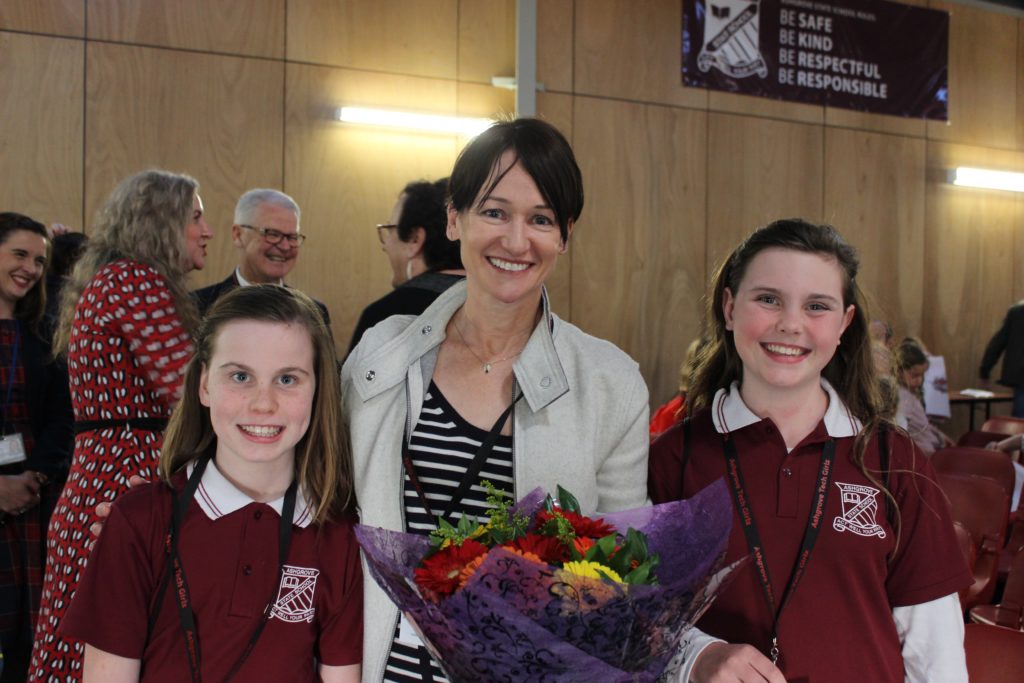
A STEM Professionals in Schools partnership in action.
A STEM Professionals in Schools partnership in action.
First published in CIBSE ANZ’s ENGineering Buildings.
The STEM Professionals in Schools program partners engineers (and other experts in science, technology, and mathematics), with primary and high school teachers around Australia. Through these partnerships teachers and their students are able to learn more about modern engineering and how scientific principles taught in the classroom are applied in today’s engineering workplaces. The volunteer engineers who participate in the program are also given the opportunity to share their knowledge with the next generation of potential engineers – and have a lot of fun in the process.
The purpose behind the program is not all fun and games however, as it strives to address the issue that in Australia there is a decline in the number of students participating in science, technology, engineering and maths (STEM) at school and who are considering careers in STEM. For example, the National Innovation and Science Agenda states that ‘over the next decade an estimated 75 per cent of jobs in the fastest-growing industries will need skills in science, technology, engineering and mathematics (STEM)’[1]. However, student participation in year 12 maths and science subjects is declining, and for science it is at the lowest rate in 20 years[2]. As a result, two objectives of the Australian government are to engage all Australians in science, and build our scientific capability and skills[3].
Sharon Allen is the Surface Engineer Manager at Origin Energy, and she has volunteered with the STEM Professionals in Schools program for more than a year. Partnering with Ashgrove State School in Brisbane, QLD, Sharon and her partnered teachers arranged for Sharon to visit the school on six occasions in 2017 to run a variety of activities based on the needs of the teacher and the age of the students.

Engineer Sharon Allen with students at the Tech Girlz Conference.
Engineer Sharon Allen with students at the Tech Girlz Conference.
“I worked with the school to identify areas of the curriculum that I had interest and expertise in, so that by simply sharing some of my most fundamental knowledge from my work, I’m able to give examples of how the science lessons taught in the classroom come into play to make an impact in real world situations,” said Sharon.
“The students love to see someone from outside of the school and were very receptive to what I presented to them. By working with the teacher I could build on what they had already learned in class to extend their knowledge and understanding.”
Some of the activities included a viscosity experiment with grade three students (measuring the time it takes for a marble to fall through liquids of different viscosities, or the same liquid at different temperatures), making models of molecules with grade five students (creating water, methane, nitrogen, and salt from the elements from the periodic table), and Sharon also gave a presentation on energy and electricity to grade six students.

A STEM Professionals in Schools partnership in action.
A STEM Professionals in Schools partnership in action.
“The preparation for these visits only takes up a fraction of my time, and the visits themselves can be arranged to suit my schedule, so I find the program quite flexible and easy to be a part of. More than that – it’s a welcome change of pace from my usual work. I’m fortunate in that my employer is very supportive of voluntary work and offers employees paid leave to undertake voluntary activities. For me, the sense of accomplishment in inspiring young people, particularly girls, to be interested – fascinated even! – by science has been very rewarding.”
Despite research showing the females and males perform at a similar level of ability in maths and science subjects[1], there is a higher proportion of male graduates in STEM related fields than female graduates[2]. Gender imbalance presents a concern for the development of a more robust STEM career path and ultimately STEM related industries. Sharon said that although there seems to have been a shift in recent years in the historically male-dominated engineering fields, more change is needed to put engineering on the radar of young girls.
“I always enjoyed maths, science and problem solving, and fortunately I had a great maths teacher who made maths fun and inspired me to work hard. Long story short, I find myself today in a job that has taken me all the way around the world and across a number of industries from the pharmaceutical sector to the energy sector, the oil and gas industry, defence and university sector,” said Sharon.
“Engineering is a fabulous career option full of interesting challenges and problems. Women have a lot to offer in this space and I think standing in front of these girls (and boys) and telling them where engineering can take you does a lot to break down any misconceptions they might have about the job, as well as showing them what it has to offer.”


We’re always on the hunt for new recruits.